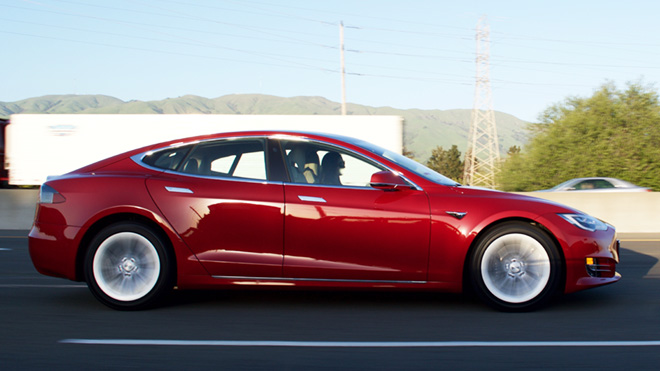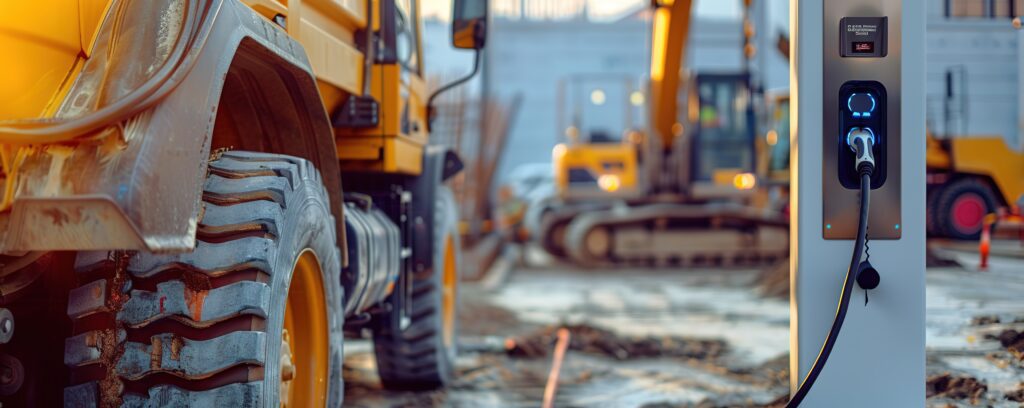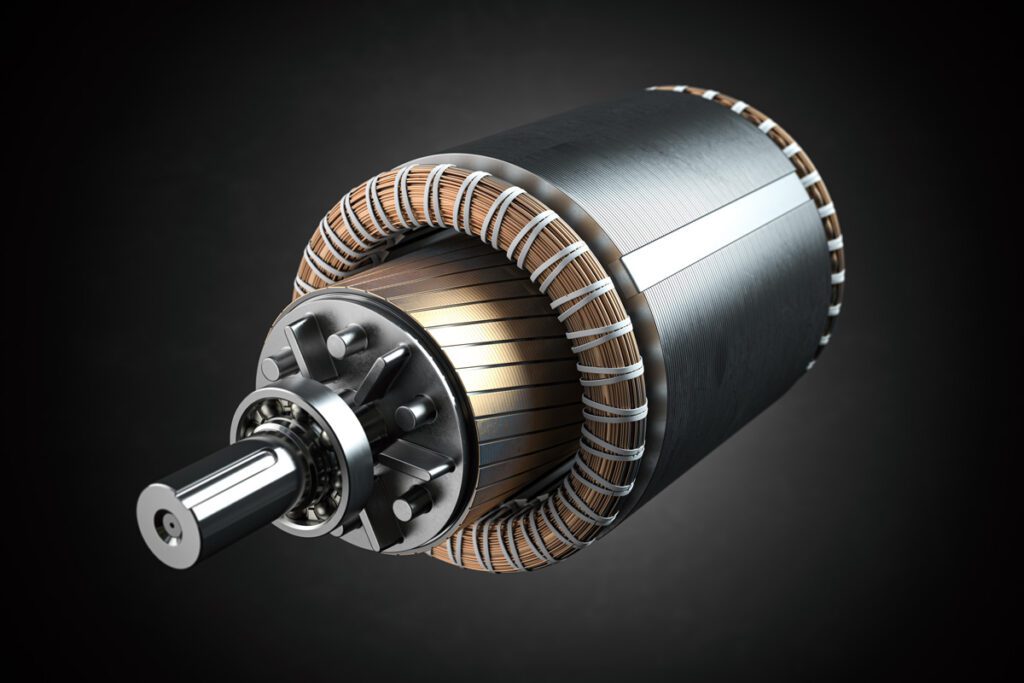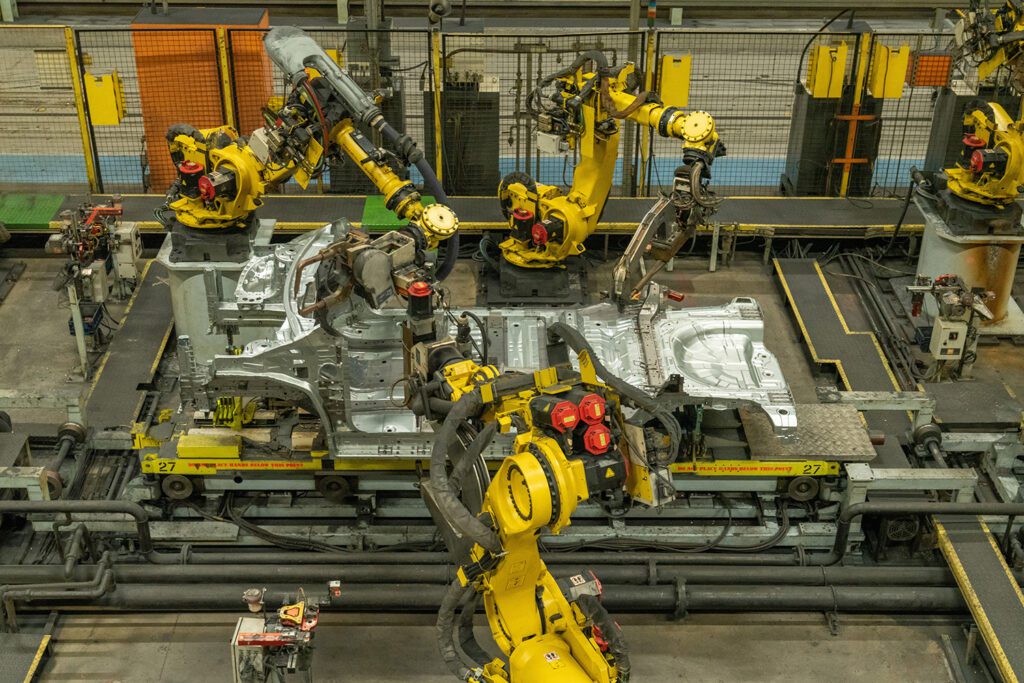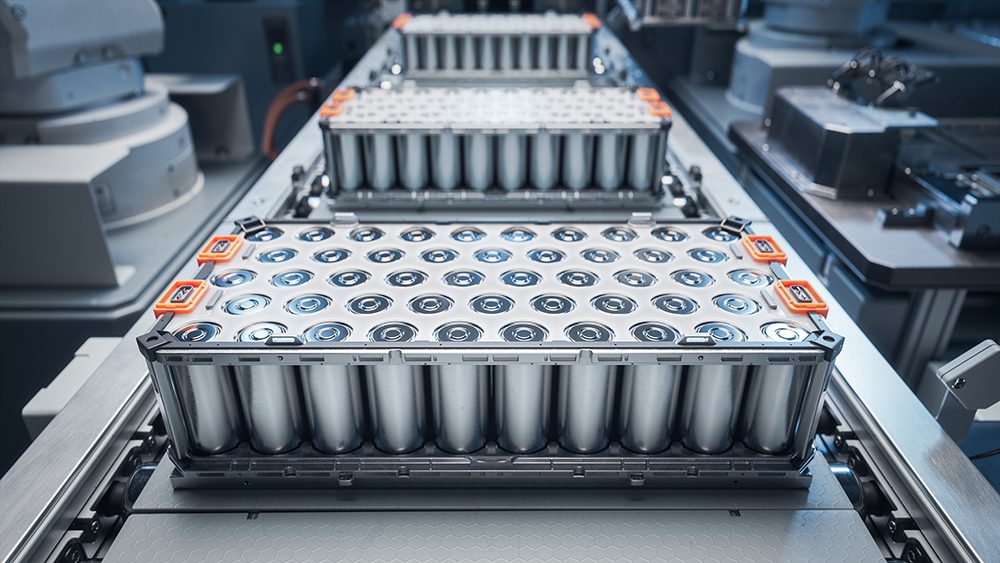Tesla’s vehicles continue to get better. The company recently announced that all North American Model S Long Range Plus vehicles now have an official EPA-rated range of 402 miles—an increase of almost 20% compared to a 2019 model with the same battery pack design.
How did Tesla’s engineers achieve such a significant improvement? It was a combination of several technical advances.
New Tempest wheels have lower aerodynamic drag, and a new custom tire offers less rolling resistance—these two changes combined delivered a 2% range increase. The rear AC-induction drive unit features a new electric oil pump that optimizes lubrication and reduces friction compared to the previous mechanical oil pump. Improvements to the gearbox in the front permanent magnet synchronous reluctance motor, which is shared with Models 3 and Y, resulted in another 2% increase in range. The upgraded Model S has a new drive feature called Hold, which blends regenerative braking with friction brakes, and returns more energy to the battery pack.
All these improvements delivered incremental increases in range, but it appears that the bulk of the gains came from significantly reducing the vehicle’s mass. “Mass is the enemy of both efficiency and performance, and minimizing the weight of every component is an ongoing goal for our design and engineering teams,” says Tesla. “Several lessons from the engineering design and manufacturing of Model 3 and Model Y have now been carried over to Model S and Model X. This has unlocked new areas of mass reduction while maintaining the premium feel and performance of both vehicles. Additional weight savings have also been achieved through the standardization of Tesla’s in-house seat manufacturing and lighter weight materials used in our battery pack and drive units.”
Oh, by the way, Tesla also recently reduced the price of the Model S Long Range Plus by $5,000.
Source: Tesla




